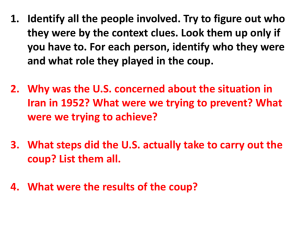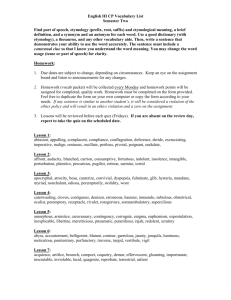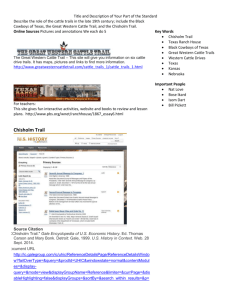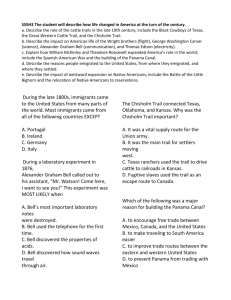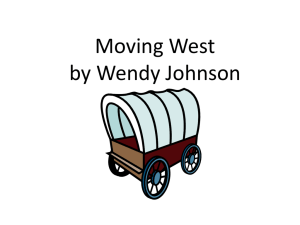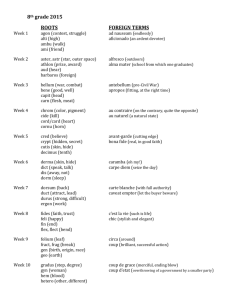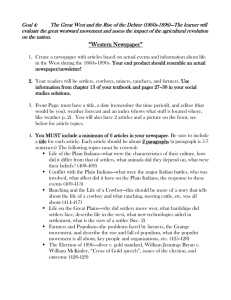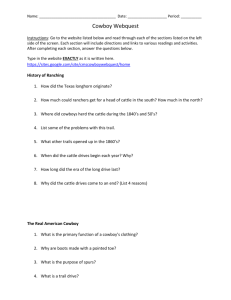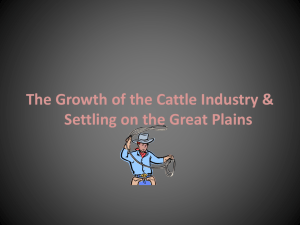Native American Culture:
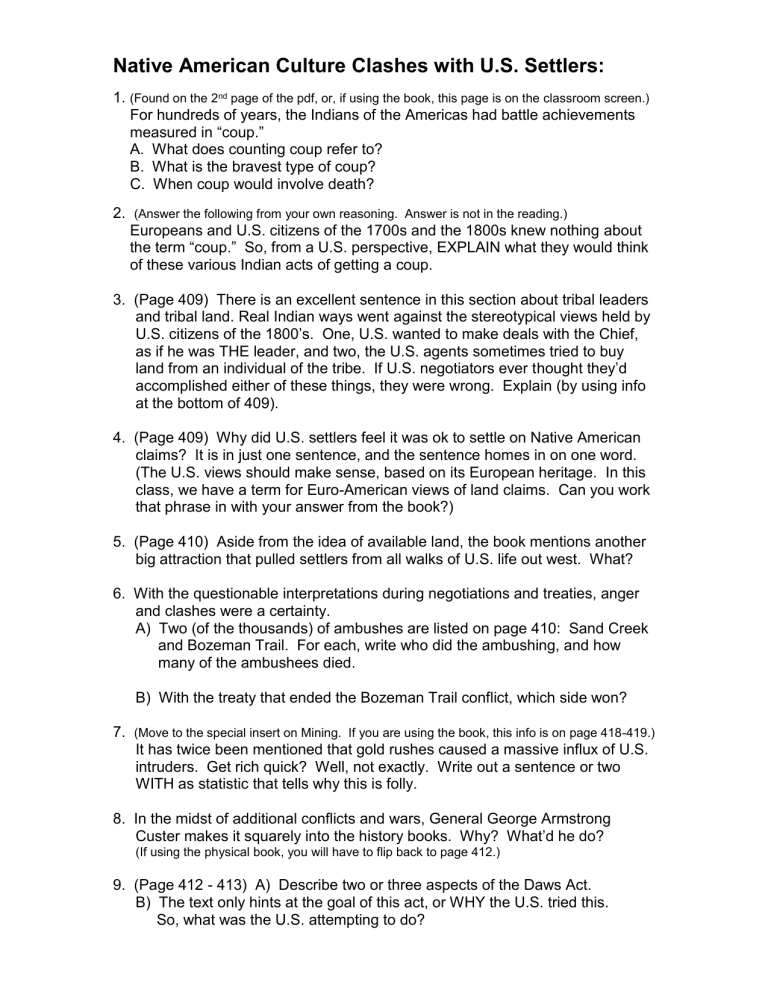
Native American Culture Clashes with U.S. Settlers:
1. (Found on the 2 nd page of the pdf, or, if using the book, this page is on the classroom screen.)
For hundreds of years, the Indians of the Americas had battle achievements measured in “coup.”
A. What does counting coup refer to?
B. What is the bravest type of coup?
C. When coup would involve death?
2. (Answer the following from your own reasoning. Answer is not in the reading.)
Europeans and U.S. citizens of the 1700s and the 1800s knew nothing about the term “coup.” So, from a U.S. perspective, EXPLAIN what they would think of these various Indian acts of getting a coup.
3. (Page 409) There is an excellent sentence in this section about tribal leaders and tribal land. Real Indian ways went against the stereotypical views held by
U.S. citizens of the 1800’s. One, U.S. wanted to make deals with the Chief, as if he was THE leader, and two, the U.S. agents sometimes tried to buy land from an individual of the tribe. If U.S. negotiators ever t hought they’d accomplished either of these things, they were wrong. Explain (by using info at the bottom of 409).
4. (Page 409) Why did U.S. settlers feel it was ok to settle on Native American claims? It is in just one sentence, and the sentence homes in on one word.
(The U.S. views should make sense, based on its European heritage. In this class, we have a term for Euro-American views of land claims. Can you work that phrase in with your answer from the book?)
5. (Page 410) Aside from the idea of available land, the book mentions another big attraction that pulled settlers from all walks of U.S. life out west. What?
6. With the questionable interpretations during negotiations and treaties, anger and clashes were a certainty.
A) Two (of the thousands) of ambushes are listed on page 410: Sand Creek and Bozeman Trail. For each, write who did the ambushing, and how many of the ambushees died.
B) With the treaty that ended the Bozeman Trail conflict, which side won?
7. (Move to the special insert on Mining. If you are using the book, this info is on page 418-419.)
It has twice been mentioned that gold rushes caused a massive influx of U.S. intruders. Get rich quick? Well, not exactly. Write out a sentence or two
WITH as statistic that tells why this is folly.
8. In the midst of additional conflicts and wars, General George Armstrong
Custer makes it squarely into the history books. Why? What’d he do?
(If using the physical book, you will have to flip back to page 412.)
9. (Page 412 - 413) A) Describe two or three aspects of the Daws Act.
B) The text only hints at the goal of this act, or WHY the U.S. tried this.
So, what was the U.S. attempting to do?
10. A) The most significant blow that the U.S. dealt to the Plains Indians was…what?
(found on same page as last question)
B) Thinking strictly from a military perspective, why would commanders see this as the smart move? (Answer is not in book, its logic.)
11. A) Where was the battle (massacre, really) that brought the Indian wars to a close?
B) Why would I call it a massacre?
Extra Credit: (Find the answers on the internet, if not ding this in class.)
There was a second conflict at the aforementioned place. Indians gathered here, Marshals and the U.S. Army responded, and we had yet another problem. What year did this second conflict take place, what were the general circumstances, and how long did it last?
12. (Page 414) Cowboys . We have a huge American identity in history and legend with the cowboy, as well as well as the terms ranch, coral, jerky, and such. However, the U.S. did not create this profession or these other items.
From where did the U.S. learn this profession?
13. A) (Pg. 415) To what city were just about all the live cattle were moved by cattle drive and train? To find your answer, follow the arrows AND the railroad tracks! (Imagine what that city must be like…)
B) (Use own logic to answer this). That’s a heck of a lot of cattle and pigs daily hitting that one city. So, what crummy job must this city have plenty of? (And I’m not talking about picking up crap, it’s a bit of a profession.)
14. What was the Chisholm Trail?
(Like “Westerns?” One of my favorites is a John Wayne movie called
Chisholm. It is cattle, the west, shoot‘em-up, good-guy-bad-guy good!)
15. Give a general description of the tough life of the Cowboy, include a statistic.
16. Hollywood makes it seem that the days of the open range and cowboys lasted for decades.
A) The Chisholm trail really g ot cookin’ by 1872. The last paragraph of the reading on 417 tells when weather helped kill the industry. So, how long, really, was the era of the cowboy?
B) What invention got rid of the open range and the life of the cattle drive?
And so ends the Wild West…
Next, “The Settlers.” You will add your answers to the next handout (which starts
at #17) to these.
